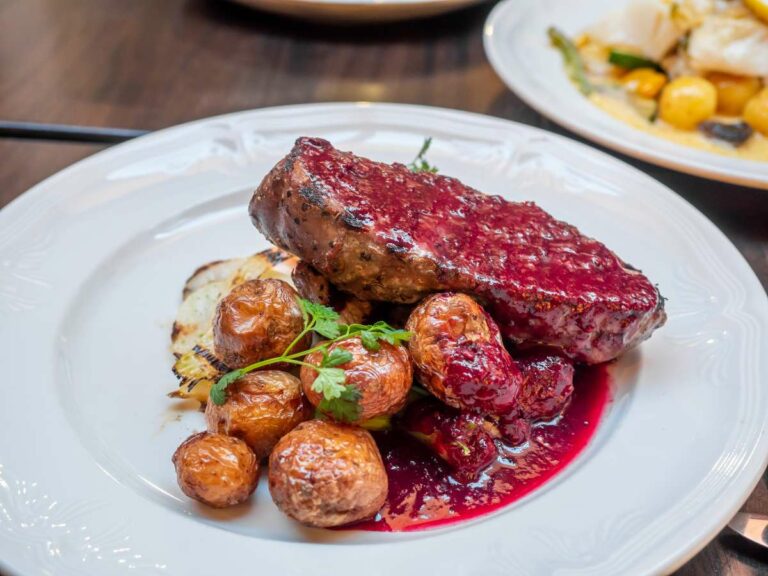Introduction
Icelandic cuisine is a unique blend of Nordic culinary traditions with a touch of modernity. Icelandic food is popular for its use of fresh and locally sourced ingredients such as seafood, lamb, and dairy products. However, when it comes to spices, many people wonder whether Icelandic dishes are spicy or not. In this article, we will explore the use of spices in Icelandic cuisine and the heat levels of common Icelandic dishes.
Spices in Icelandic Cuisine
Icelandic cuisine is not known for its intense use of spices. In fact, traditional Icelandic dishes are known for their simple, straightforward flavors. The most commonly used spices in Icelandic cuisine are salt, pepper, and dill. Dill is a herb that is widely used in Icelandic cuisine, especially in dishes like gravlax (cured salmon) and fish soup. Other herbs and spices that are occasionally used in Icelandic cuisine include thyme, rosemary, and bay leaves.
Common Icelandic Dishes
Some of the most popular Icelandic dishes include fish and seafood dishes such as smoked salmon, fish stew, and cod liver oil. Lamb dishes such as grilled lamb chops and Icelandic lamb soup are also popular. Skyr, a type of cultured dairy product, is an essential part of Icelandic cuisine and is often consumed as a dessert or breakfast food. Rye bread and flatbread are traditional Icelandic breads that are served with most meals.
Heat Levels in Icelandic Cuisine
Icelandic cuisine is not known for its spiciness, and most Icelandic dishes are mild in terms of heat levels. However, some dishes may have a slight kick to them. For example, some seafood dishes may be seasoned with a small amount of chili pepper or cayenne pepper to add a bit of heat. However, these dishes still tend to be relatively mild compared to other cuisines that are known for their spiciness.
Spicy Alternatives in Icelandic Food
While Icelandic cuisine is not known for its spiciness, there are still some spicy alternatives that can be found in Icelandic food. For example, some restaurants in Reykjavik offer dishes with hot sauce or jalapenos as a topping. Additionally, some international food options such as Thai and Indian cuisine can be found in Reykjavik and other cities in Iceland.
Conclusion: Icelandic Cuisine and Spiciness
Icelandic cuisine is not known for its spiciness, and most Icelandic dishes are mild in terms of heat levels. However, there are still some dishes that may have a slight kick to them. Despite the lack of spiciness, Icelandic cuisine offers a unique and flavorful culinary experience that is worth trying for anyone who loves food.

